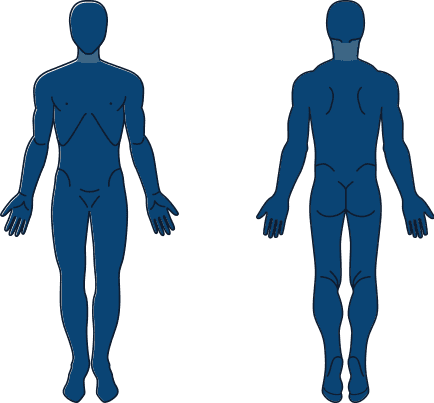- The primary medical conditions of concern in boxing are traumatic brain injuries, both concussion and more severe acute brain injuries.
- There are several differences between amateur and professional boxing
- Amateur boxing is governed by USA Boxing in the U.S. and the International Amateur Boxing Association around the world.
- Professional boxing is governed by sanctioning bodies in each state or country.
- In amateur boxing:
- All blows are weighted equally and computerized scoring is used at national events
- Bouts are 3-4 rounds of 1-3 minutes depending on age and skill level
- Headgear is worn with the exception of elite men’s competition
- Lacerations unlikely
- There is no strong evidence of increased risk of chronic traumatic brain injury or chronic traumatic encephalopathy
- In professional boxing:
- Knockdowns are weighted more heavily, scoring is subjective
- Bout lengths vary
- Headgear is not allowed
- Lacerations are more frequent
- There is low quality evidence of increased risks of chronic traumatic brain injury and chronic traumatic encephalopathy
- The most common injuries in boxing include:
- Acute traumatic brain injury
- Eye injuries
- Corneal abrasions, eyelid/orbital swelling, retinal tear, globe ruptures
- Fractures
- Nasal, orbit, facial, hand, rib
- Contusions
- Sprains/strains
